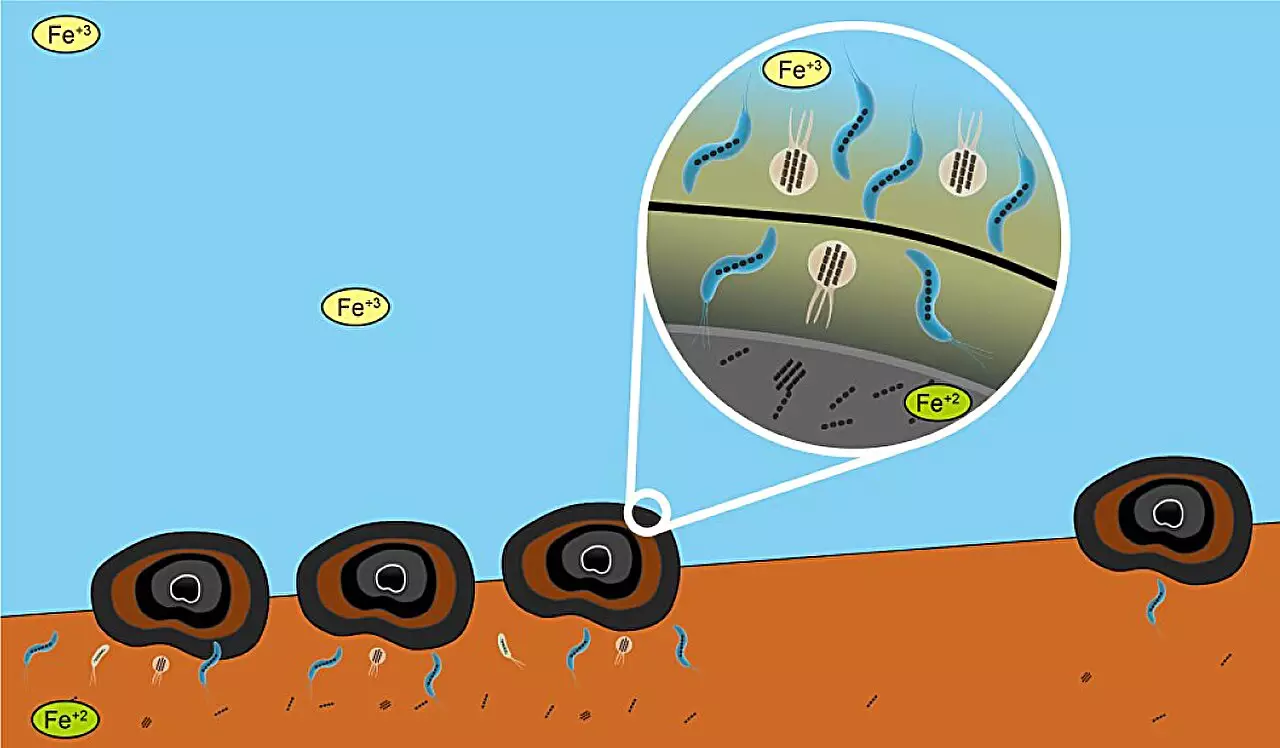Polymetallic nodules, often likened to potatoes due to their size and shape, are mineral-rich formations located on the ocean floor, primarily composed of valuable metals such as nickel, cobalt, and manganese. These nodules have garnered significant attention from the mining industry due to their economic potential, igniting debates about the environmental implications of deep-sea mining practices. As mining companies aim to exploit these resources, it is vital to understand the biological and geological processes that contribute to nodule formation and distribution.
Although the formation of polymetallic nodules has been the subject of much scientific inquiry, a consensus on their precise evolutionary pathway remains elusive. Most experts agree that nodules develop through a gradual precipitation process, wherein metallic ions present in seawater deposit on the ocean floor over considerable time scales. Recent studies have introduced a fascinating twist to our understanding of this process, suggesting that microorganisms could play a crucial role in facilitating nodule growth. Specifically, some nodules contain biogenic magnetite, a mineral formed from the remains of magnetotactic bacteria known for their unique magnetic capabilities that may influence nodule development.
Research led by scientists studying the Clarion-Clipperton Fracture Zone (CCFZ) has provided new insights into the symbiotic relationships between bacteria and polymetallic nodules. The CCFZ, an area under the purview of the International Seabed Authority, is seen as a prospective hotspot for deep-sea mining due to its rich reserves. Utilizing advanced techniques such as electron microscopy and spectroscopy, researchers investigated sediment samples collected during a 2013 research expedition. Their findings revealed three distinct origins of magnetic materials—windborne dust, volcanic activity, and biological processes.
The interaction of environmental factors with bacterial processes is noteworthy. For instance, it was observed that windborne sediments, influenced by trade winds and ocean currents, have been pivotal in shaping the magnetic properties of the region. The erosion effects of Antarctic Bottom Water on nearby volcanic formations also contribute unique minerals to the mixture. Importantly, significant concentrations of biogenic magnetite were discovered in areas with higher nodule density, suggesting an intricate web of causation where environmental conditions facilitate microbial life, subsequently promoting nodule formation.
The implications of these findings extend beyond academic curiosity; they present essential considerations for the burgeoning deep-sea mining industry. As commercial interest in polymetallic nodules escalates, understanding the underlying ecological dynamics becomes crucial. The potential disruption of microbial communities, which are integral to nodule formation, raises questions regarding sustainability and the long-term impact of mining activities. Policymakers will need to weigh the economic benefits against ecological responsibilities to ensure that deep-sea ecosystems are preserved for future generations.
Polymetallic nodules are not merely mineral resources but complex ecological structures shaped by multifaceted biological and environmental interactions. The exploration of these nodules presents both opportunities and challenges that call for a balanced approach to resource extraction.


Leave a Reply